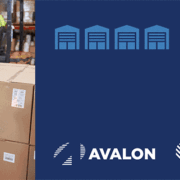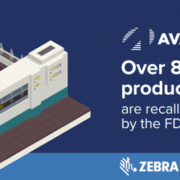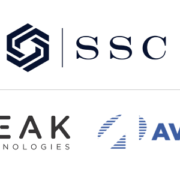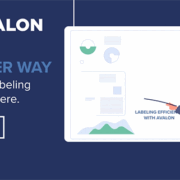Research shows e-commerce brought in roughly $768 billion in sales back in 2021, with around half of U.S. consumers reporting to have received at least one delivery per week. That translates to over 110 million orders processed per week nationwide. Since e-commerce shoppers show no signs of relenting purchases, warehouses remain in a continuous struggle to accelerate fulfillment rates without compromising order accuracy. Zebra’s Warehousing Vision Study revealed that 73% of participating warehouses expect partial automation to solve this issue; however, automation may take different forms depending on a warehouse’s order volume.
What Can “Partial Automation” Look Like?
Micro-fulfillment warehouses and cold storage facilities clearly have different challenges and needs compared to traditional distribution centers. As a result, partial automation may look different between facilities. Below are a few adaptable automation solutions currently accelerating order picking within challenging and traditional environments alike:
- Start with digital data capture to eliminate manual recording.
Digitization is the most basic yet scalable way to prevent costly mistakes from entering the supply chain. At its core, an automated data capture solution is composed of a handheld scanner connected to your WMS and legible barcodes, yet Avalon empowers you to take your system a step farther by deploying pre-tested labels that retain barcode legibility in harsh and/or high-demand environments. For example, Zebra’s Certified Consumables can be tailored to integrate waterproof and scratch resistant surfaces for a longer lifespan within cold storage. By removing manual inventory updates, warehouse teams can get real-time insight to stock levels and location, optimizing picking paths and preventing out-of-stocks through one intelligent solution.
- Integrate power carts to minimize worker travel time and bottlenecks.
If your warehouse is already leveraging automated data capture, power carts expand functionality by increasing receiving volume by 63% in less travel time. By mobilizing industrial printers, scanning, and inventory visibility, power carts remove bottlenecks around static centralized label printing stations, allowing workers to stay focused and productive at all times. Zebra’s intelligent industrial printers further accelerate processes with faster printing speeds and easier media loading, ultimately resulting in 75% less overtime when paired with Newcastle’s mobile workstations.
- Move inventory with AMRs to alleviate workers.
Autonomous mobile robots (AMRs) are currently being used in large-scale high-demand warehouses to lessen the pressures of today’s current labor shortage. Previous studies have shown that AMRs and co-bots can triple picking rates by moving entire pallets to the shipping dock, delivering a noticeable ROI within as little as 3 months. With Zebra’s acquisition of Fetch Robotics, Avalon now brings the latest insights into simplifying AMR integration for future warehouse adaptability and faster order picking.
Simply put, the definitions of “partial automation” are adaptable to your warehouse’s needs and constraints. That’s why it is recommended that warehouses meet with a modernization team to build a customized plan. Successful solutions can empower warehouses to meet current customer demands while preparing them for eventual challenges ahead.






